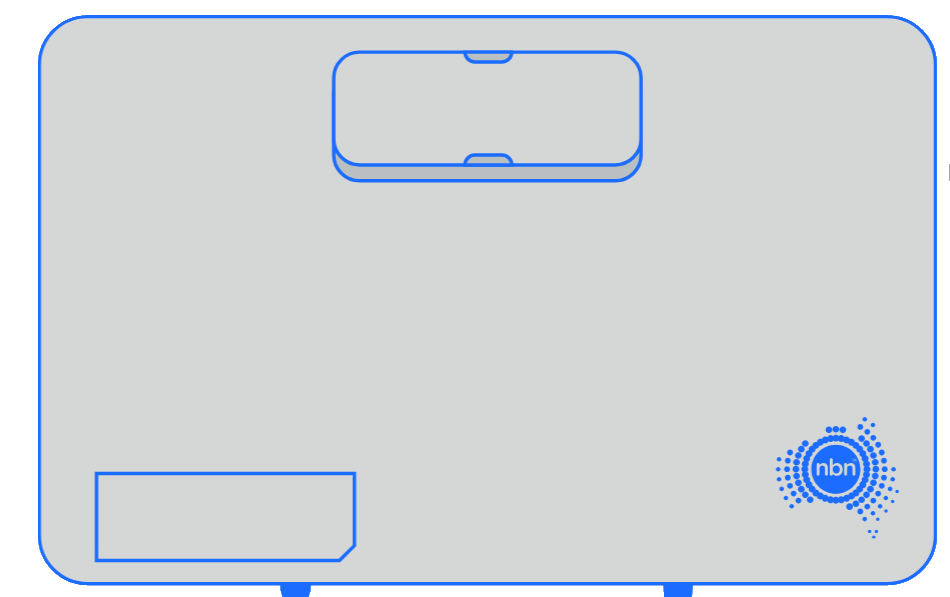Ensure that you have signed up with a plan from your ISP (Internet Service Provider). Without this, you won't be able to connect at all. There are many ISP's out there, and a quick Internet search will give you a general idea.
The NTD (Network Termination Device) is the point where the wireless signal enters your home, and is terminated. It will be clearly marked with the nbn or NBNCo logo.
Common locations where it can be found: living room, dining room, garage.
The NTD will look like this:

If you cannot find the NTD anywhere on your property, it may have been removed, or is yet to be installed. Contact your ISP to resolve this.
Ensure that the NTD is plugged into power, and that the 'POWER' and 'OUTDOOR UNIT' lights are both green. If either of the lights are red, or blank, contact your ISP immediately.
Plug one end of an Ethernet cable into your router. Connect the other end into the port on the NTD labelled 'UNI-D1' (unless your ISP has stated otherwise).
Give your router a few minutes to sync.
You can now connect devices to your router via Ethernet or Wi-Fi.
For those who have a home phone, plug it into the phone port into the back of your router. However, if you have chosen to keep the original copper phone line active, plug your phone directly into a phone socket.
For further instructions, please refer to your router's instruction manual.
You are now connected to the nbn network!
The nbn network will NOT work in the event of a power outage. There is no battery backup option available for FW customers.
Speeds can vary depending on a variety of factors, including distance from your tower, and the amount of people connected to the same tower in your area. Keep in mind that you may not be able to pull the maximum speed designed for your plan. Contact your ISP if you have any questions.